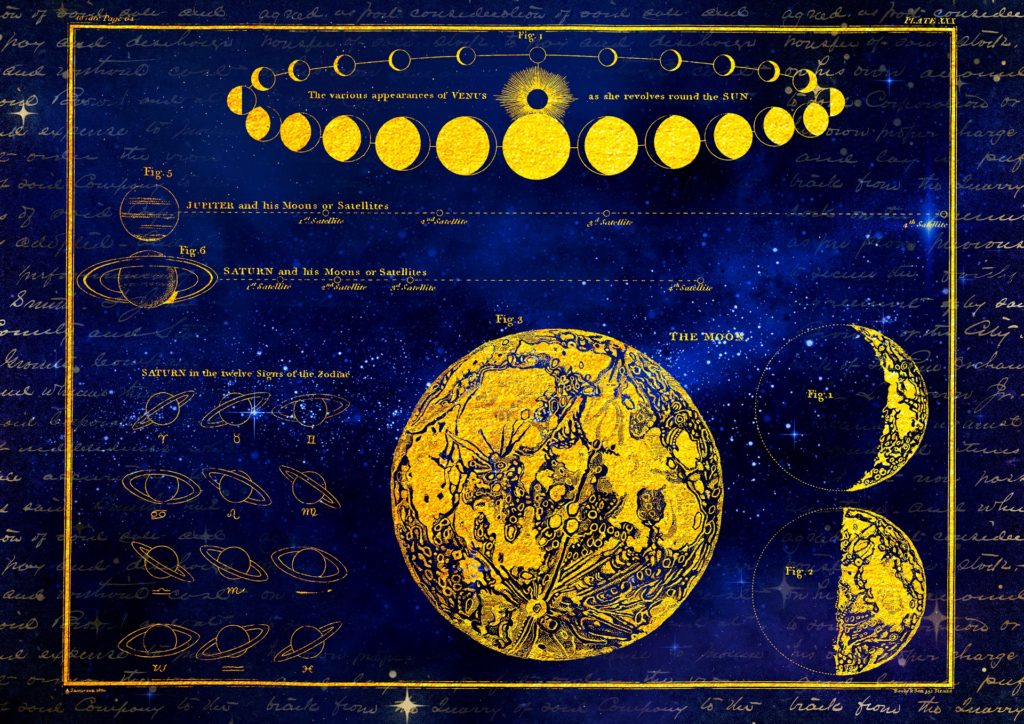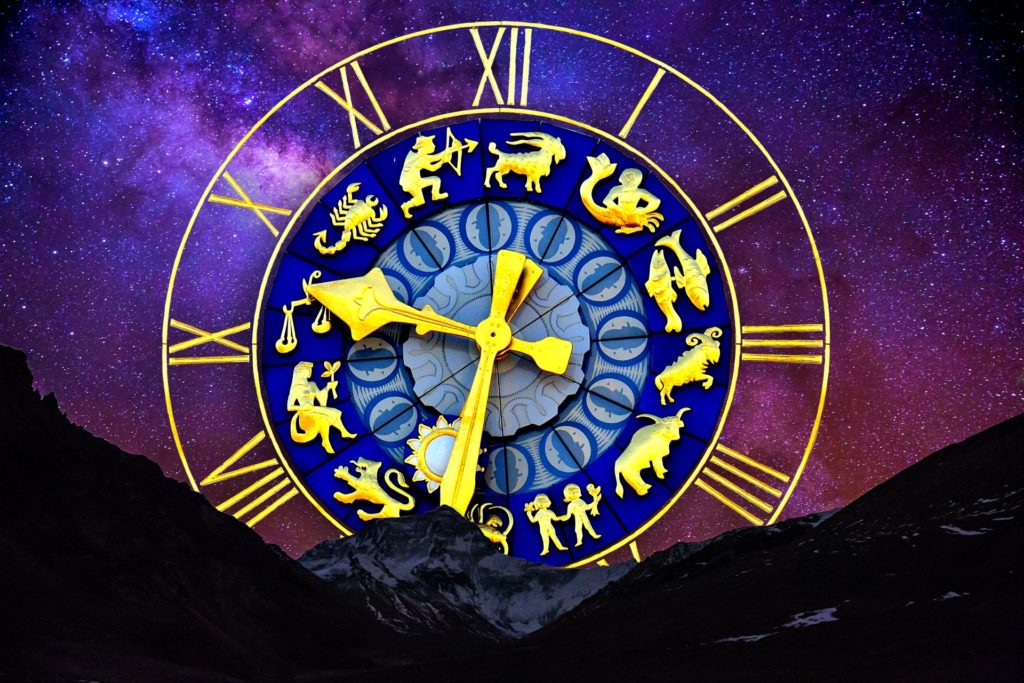A Scientific Look on the History of Astrology

If you’ve ever doubted the legitimacy of astrology, this post will change your mind by providing you with a scientific look at the history of astrology. This is the definitive account of humanity’s pursuit to find meaning in the sky above them, and how it affects us even today. You’ll learn about who made up astrology (not aliens), why people believed in it (no one really knows!), and how it changed our understanding of ourselves (sorta). So get ready to dive into scientific look in the history, because this is a long journey through time that proves astrology isn’t just for horoscopes anymore.
We’ll talk about each period of human development in detail, detailing its contributions to astrological understanding.
The history of astrology: A scientific look on how it began?

The earliest astronomers were priests and priestesses, who studied the sky to predict weather and seasons. In ancient Mesopotamia (now Iraq), one of the critical priestly tasks was keeping track of time by observing and studying the night sky. Priests in ancient Sumer, who predated the Babylonians, kept records on clay tablets using a complex system of cuneiform writing. They divided the sky into 12 sections and named those pieces after constellations that could be seen from Earth’s Northern Hemisphere during certain seasons. The Sumerians divided the year into 12 months, and they associated certain constellations with each month. Each month had a different name, which was the equivalent of our month names. But it’s important to realize that the ancient Sumerians did not make astrology systems. They were simply record keepers.
Development of astrology in Babylon
We will now jump forward to ancient Babylon, and the Babylonians will bring astrology into the world stage. The Babylonians lived on the banks of the Euphrates in a region known as Mesopotamia, and they had great interests in studying the night sky.
When we look at the history from this scientific approach, it becomes clear that astrology is a learned skill. It is an ancient science that we can’t say for sure exactly where it came from, but we do know some of the people who contributed to the history of astrology.
Babylonians divided their sky into 12 equal parts just like their Sumerian predecessors. Each section corresponded to a 30 degree slice of the night sky, giving them a similar view of heaven as modern day astrologers. Some signs they included were: Aries, Taurus, Gemini, Cancer, Leo, Virgo, Libra and Scorpio. They also eventually gave us: Virgo, for the month of October and Scorpio for the month of November. In history, Babylonians had developed scientific ways to look at the sky and contributed a lot in the development of astrology.
Place of astrology in ancient Greece
By about 3600 years ago, we get to the Greeks who are notorious practitioners of astrology. The Greeks were ecstatic about astrology and took it to a whole other level (story of their lives). As the epic Beowulf explains, they believed that an imperfect map could be used as a key to unlock reality itself. This is where their obsession with maps began, and it carried over into astrology. They believed that when you laid out a map or chart it could tell you everything that happened in your life or would happen in your life. So, they had obsession with astrology and it made a huge impact on their lives.
Astrology became so popular in the Greek world that they stuck the word ‘astrologer’ into their language itself. Some words, like sun-god came from the stars, and so did names of planets like Neptune and Pluto (Pluto’s name is from the god Pluton). The Greeks also created an astrological system that outlined how each planet affected a person’s life. One such figure was Ptolemy, who lived about 100 years after Christ. He was born in Egypt, which is interesting because Egypt and Babylon were the main centers of astrology at the time, which is why people like Ptolemy picked it up!
What’s even more interesting about Ptolemy, is that people still consider him as one of the most influential astronomers to this day. He defined many principles of astronomy and mapped out a lot of stars for us to discover later. He also used astronomical cycles to predict celestial events like eclipses. So, you can see how his contribution to astrology has been lasting!
Contributions of Mesopotamia, Italy and Arabs in astrological advancement
Now we are going to fast forward again this time to Mesopotamia, where they were still studying the night sky. A city-state under Babylonia named Ur learns astrology from the Greeks. They took their astrological knowledge and applied it to a solar calendar, which is an early form of the Gregorian calendar we use today. They also tried to predict eclipses by observing when the planets get closest to Earth’s orbit. Their calendar was based on the moon and they divided it into 12 months, just like the Babylonians.
The Italians continued the astrology trend by making an astrological system based on constellations. This time, they mapped out 48 constellations, including Scorpio and Virgo. They also decided to divide their year into 10 months as opposed to 12 months, but that’s probably just because of their love for Roman numerals. It’s important to note that all of these calendars were created for lunar years (which is what we use today), which are about 11 days shorter than a solar year. So when you try to mix lunar years with solar years, you get what’s called a calendar drift which means your dates won’t always add up. This is where the issue of leap years (or leap days) came from.
In history, the Arabs then took a different, more scientific approach to look at astrology by creating the first horoscope in a book called the “Introduction to Astrology”. The Arabs had a lot of culture back then, so they were pretty advanced and were able to create quite detailed horoscopes using longitude, latitude and time. They also used these horoscopes to predict eclipses which is pretty cool! The Arabs also used astrology as part of their religion, rather than just astronomy as they practiced previously.
Lastly,
We are going to jump back to the Babylonians, who were the ones responsible for modern astrology. It was a Babylonian, Ptolemy, who created the most accurate astrological system we have today. Ptolemy’s system is based on calculating longitude, latitude and time to create a horoscope. It was written in “The Tetrabiblos” which means ‘four books’ (a Greek word). This book has everything you need to know about your birth chart and how it works based on your time and place of birth. If you want to know more about your birth chart, you can come see our expert astrologers in person!
A scientific look on the history of astrology

There are many different ways to view the history of astrology, with the most prevalent one being a scientific approach. This is where, instead of looking at astrology as a religion or superstition, we view it as a learned skill, and it was something legitimate like every other science.
Latest Posts:
- James Webb Telescope identifies hot gas in early, baby galaxies: What it means for stellar and galactic evolution
- Asteroid 2024 PT5 Flyby Excites Scientists, but Disappoints Enthusiasts
- How close are we to distinguishing between black holes and neutron stars from stellar collapse using gravitational waves?
- How Webb’s New Findings Change Our Understanding of Galactic Mergers and Early Galaxy Evolution
- Scientists Plan to Enhance Black Hole Research Through Participatory Science and a Simple App
Astrology is scientific in the sense that we can measure it. We can measure positions of the planets in our solar system and make predictions based on this data. We can plot eclipses and make predictions about when they will happen based on the data collected by scientists. This comes with its own set of problems though because not all positions are accurate or measurable and some of the measurements are flawed by themselves because they aren’t totally reliable.
When we look at the history from this scientific approach, it becomes clear that astrology is a learned skill. It is an ancient science that we can’t say for sure exactly where it came from, but we do know some of the people who contributed to the history of astrology. Astrologers are astronomers and they use their knowledge of astronomy to make predictions based on planetary position and movement.
To conclude,
Astrology became so popular in the ancient world because they believed you could use celestial data as a way to predict terrestrial events, like eclipses, or even wars and disease. They thought celestial movements had a direct correlation with what happens on Earth and they used these measurements to try and predict world events or natural disasters that would inevitably happen at some point.
The traditional ways of calculating the places of celestial bodies are enormously changed along with the invention of newer space technologies such as the Nasa’s James Webb Telescope, which has already started to pour its scientific look/s into the deep sky, adding more bricks in building the history of astrology.
In fact, it’s a scientific, a very different way for us to look at astrology and when we look at the history of astrology that way, we can say that astrology is a science as well as an art. It is very mathematical in nature so we can definitely say it is a science.


